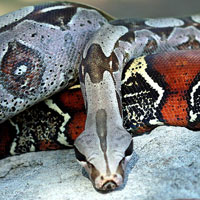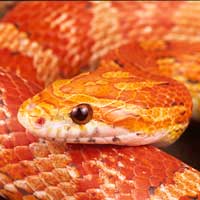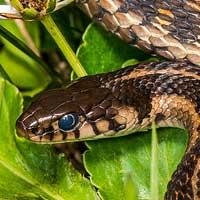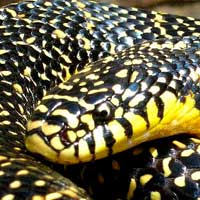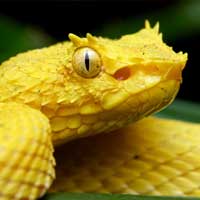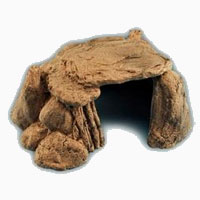Chinese Twin-spotted Rat Snake
Scientific Name: Elaphe bimaculata
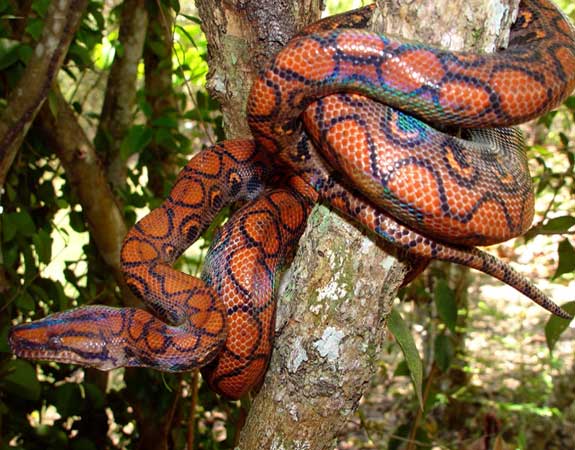
Share this Post
The scientific name for the Chinese Twin-spotted Rat Snake is Elaphe Bimaculata. A scientist named Schmidt renamed the snake in 1925. This snake is commonly referred to as the Twin-Spotted Ratsnake or the Chinese Cornsnake. The Elaphe Bimaculata is a small snake that has a strips or blotches. The spotted ones are more common. The snake is about 60 to 80 cm long. Some however, have been documented at a length of up to 120 cm in length.
Chinese Twin-spotted Rat Snakes Are Beautiful Creatures
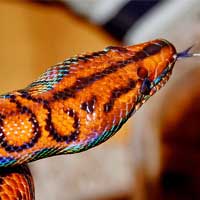
Facts About Chinese Twin-spotted Rat Snakes
Geographic Location
These snakes are found in altitudes of up to 1,000 meters above sea level, throughout the eastern parts of China. Their origins however are believed to have been from western China.chinese twin spotted rat snake large.
Habitat
These snakes are found in many habitats. They can be found in cultivated areas, forest edges or in sparsely vegetated locations. They seem to favor locations with high humidity and a cool climate.
Behavior
If threatened, the snake displays impressive threat techniques. It will waggle its tail or attempt to bite. It may also bury its head in its coiled body.
Reproduction
The snake lays eggs in late spring with a 2-3 months hibernation period. The number of eggs may be anywhere from 3-10 with 35-48 days required for incubation.
Captivity
If kept in captivity, the snake is provided with plenty of hides in order to allow it to settle and feel at home. The hides also allow the snake to thermo regulate. High humidity environments are also maintained. The snake does not require a large space and will usually be comfortable with a few basics like a water bowl, hiding places and a hotspot. Their main meal is small rodents like mice. Eggs should be kept at a temperature of about 26 degrees Celsius. Small ratsnakes are know to grow and mature fast, reaching maturity in about one to one and a half years.

